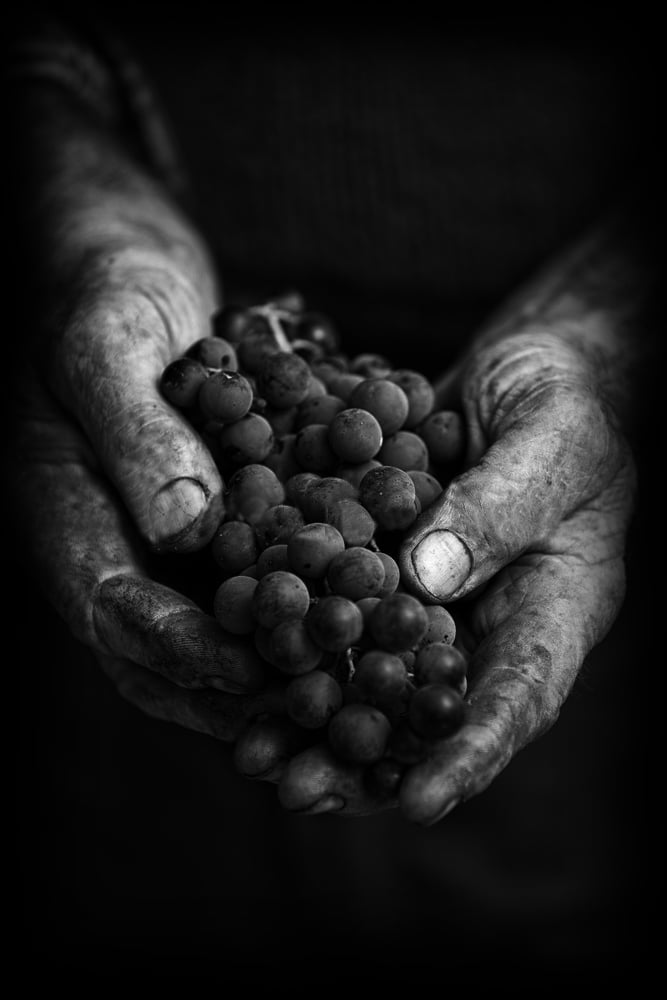The Wines
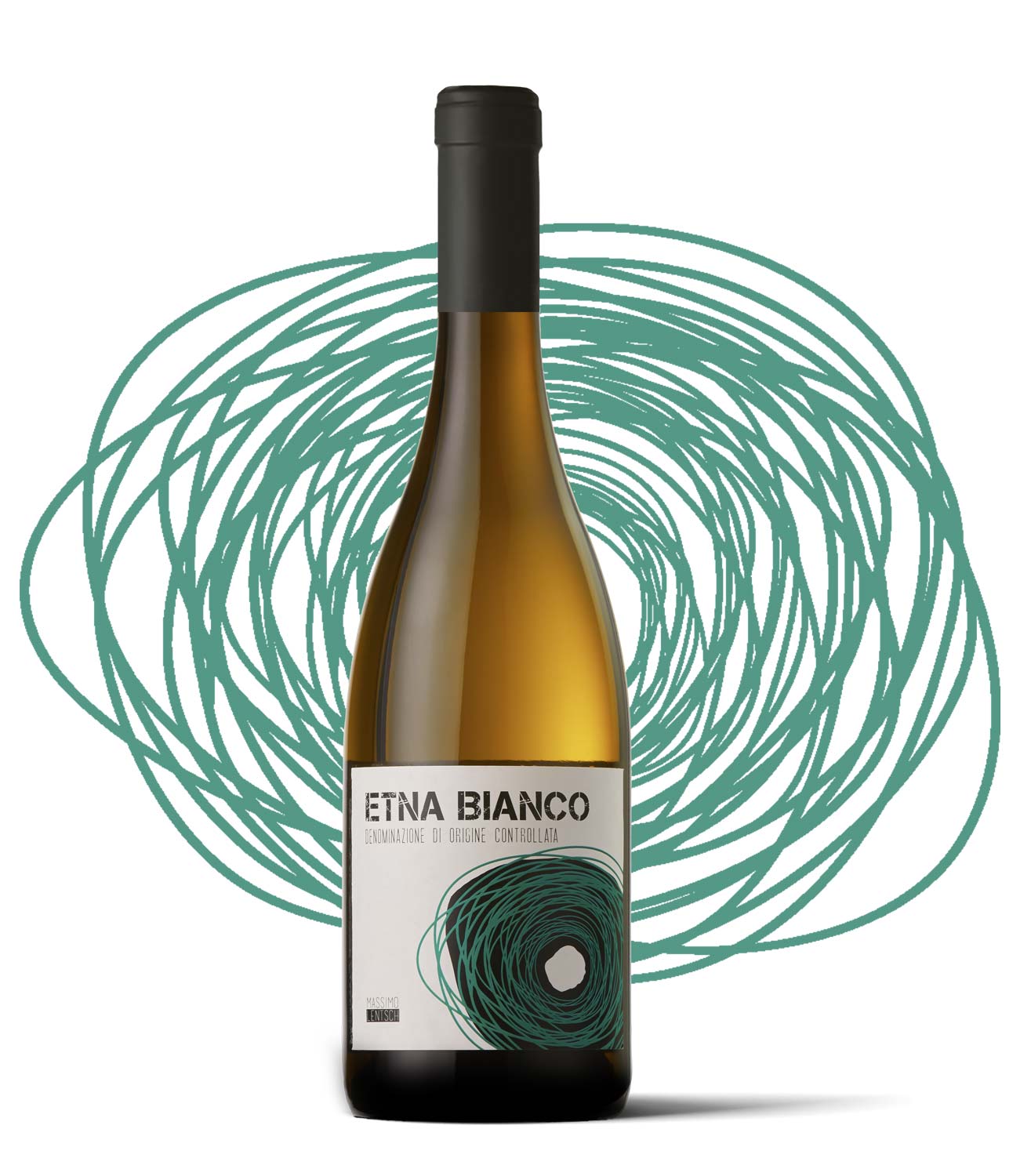
Massimo LentschEtna Bianco DOC
Our first Etna Bianco is born from the vineyards of Feudo Gabelle, adjacent to an ancient palmento where the new cellar is located.
The head trained vines are exposed to the north, at an altitude of about 600 meters above sea level which favors the optimal evolution of the aromatic profile, while the soils have a heterogeneous composition, being characterized by stony alluvial soils in the lower part and sandy, rich of lava blocks and volcaniclastic deposits in the upper part. Here we cultivate the Carricante which, vinified alone, becomes our Etna Bianco DOC.
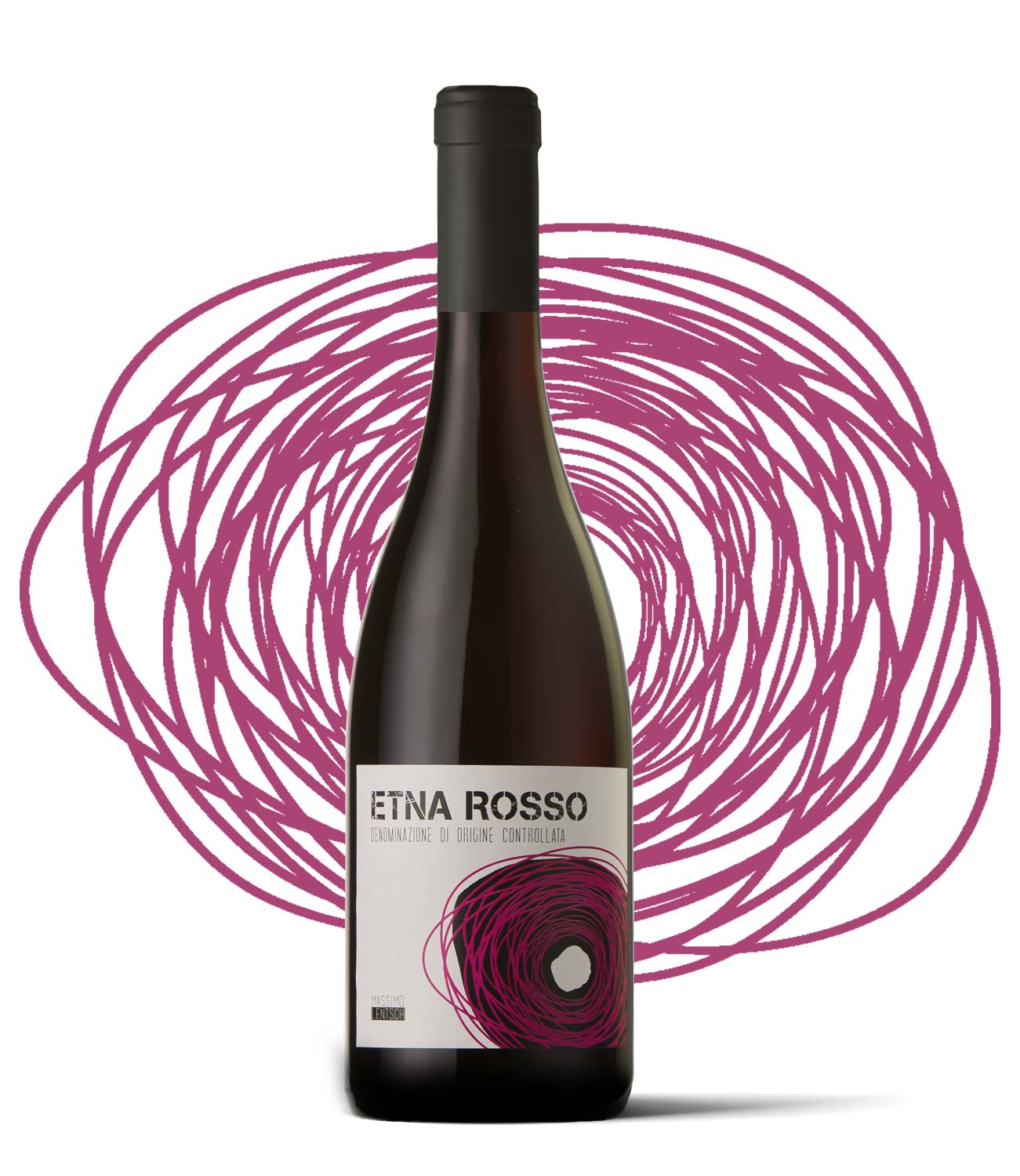
Massimo LentschEtna Rosso DOC
The experience and the dream of Etna every day, in a glass of wine
The greatest quality of Etna Rosso is perhaps that of being able to be both a complex wine, with many olfactory and taste tissues – as well as being able to age in the versions designed for it since the yield in the vineyard and with aging in wood – is a wine with a prompt and sincere drink, perfect for everyday life, without necessarily having to exceed in interpretations and sophisms around it. In all seasons.
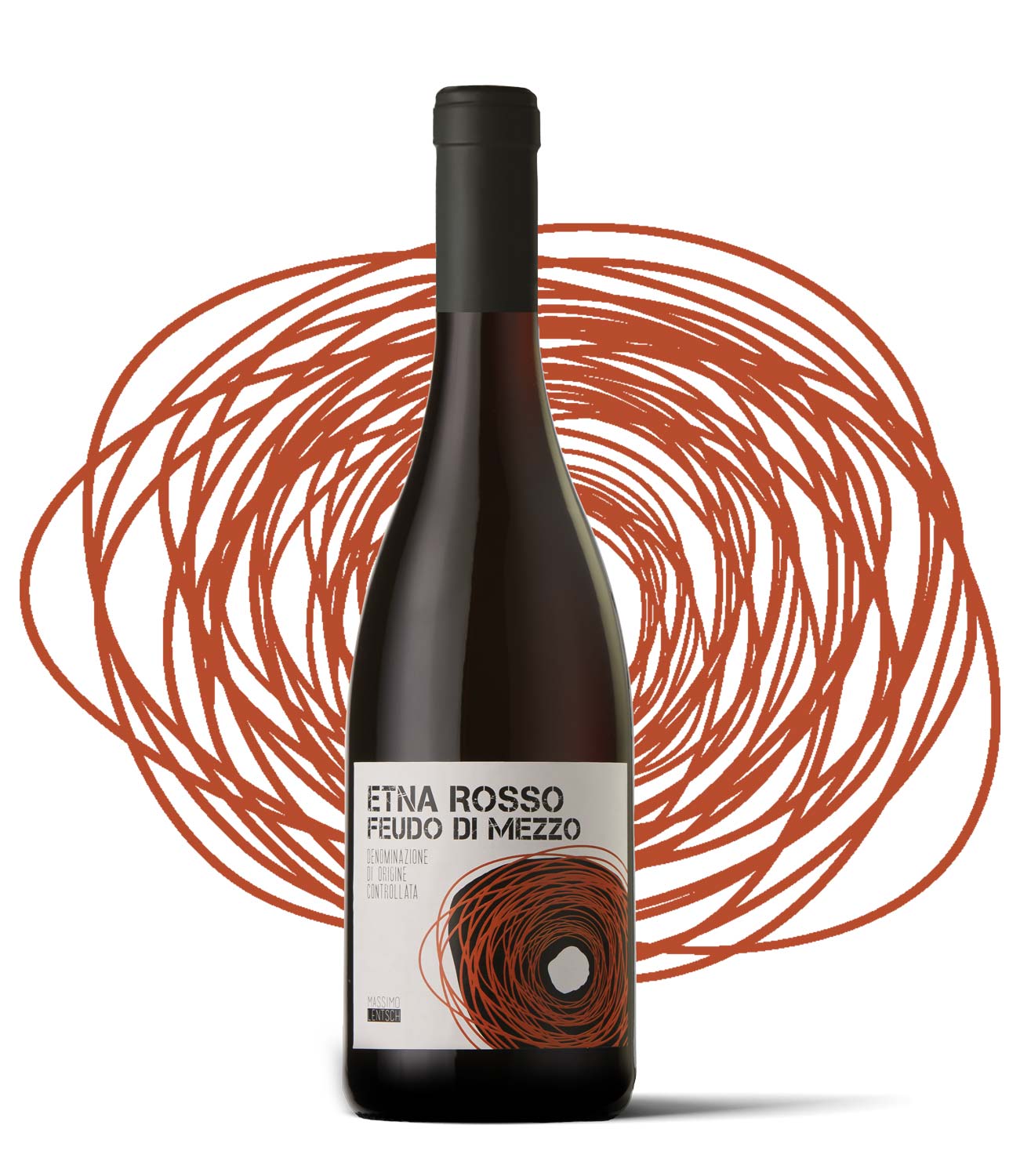
Massimo LentschEtna Rosso DOC
Feudo di Mezzo
From a centenary ungrafted vineyard, a pure expression of the North side
Arranged on several terraces embanked by dry lava stone walls and trained as a sapling, the Cosentino vineyard – located in the prestigious contrada Feudo di Mezzo, represents the most authentic expression of Etna viticulture in its only 1.35 hectares.
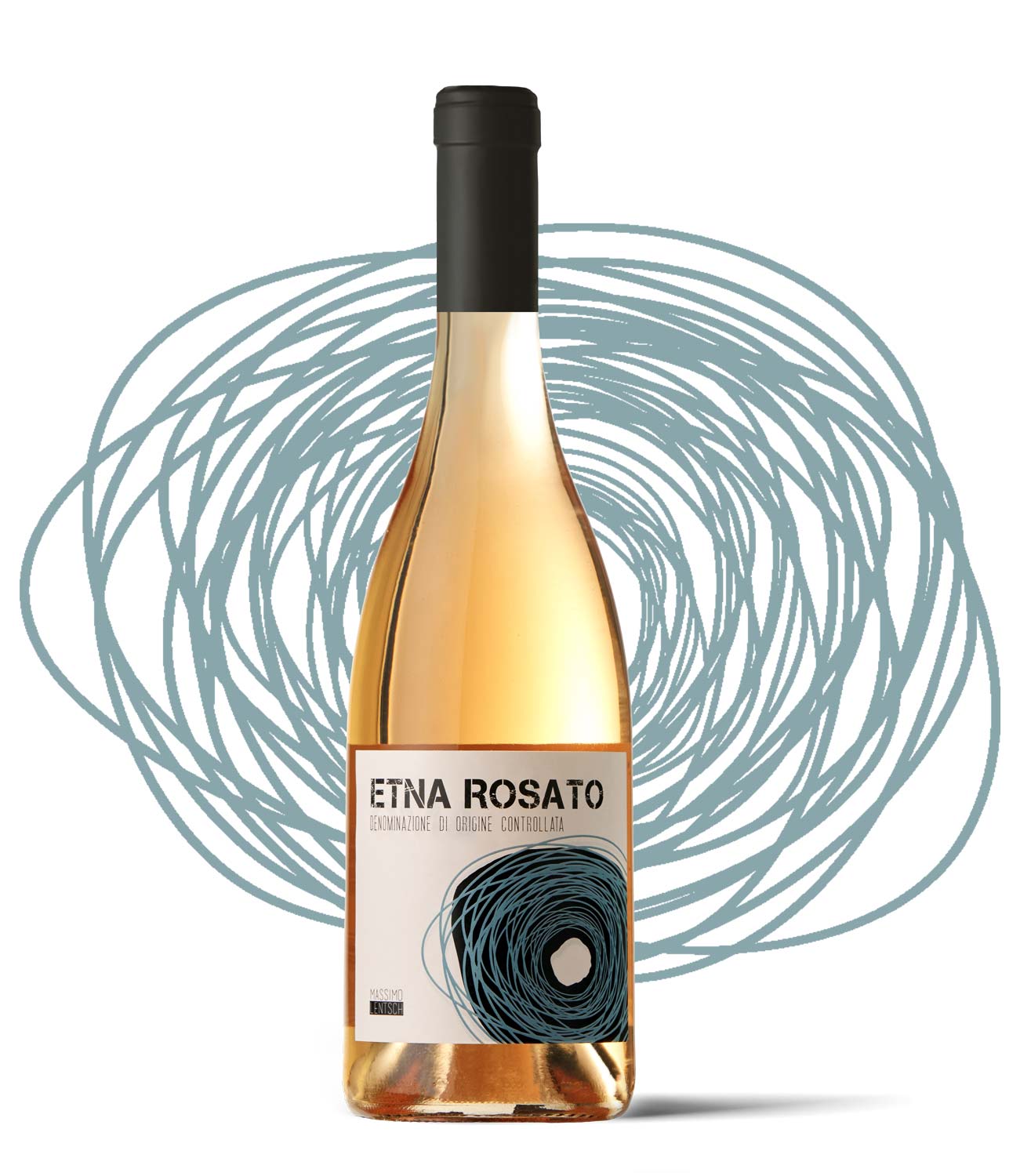
Massimo LentschEtna Rosato DOC
A bright and romantic pink wine, dedicated to those who love unconditionally
It is now undoubted that Nerello Mascalese is capable of producing one of the most popular Sicilian wines and of the entire Italian wine scene in general, Etna Rosso DOC. A variety with such precious characteristics, however, could only give rosé wines of great pleasure, versatile and above all able to let you imagine the sound and scent of the sea, which is not so far from Muntagna.
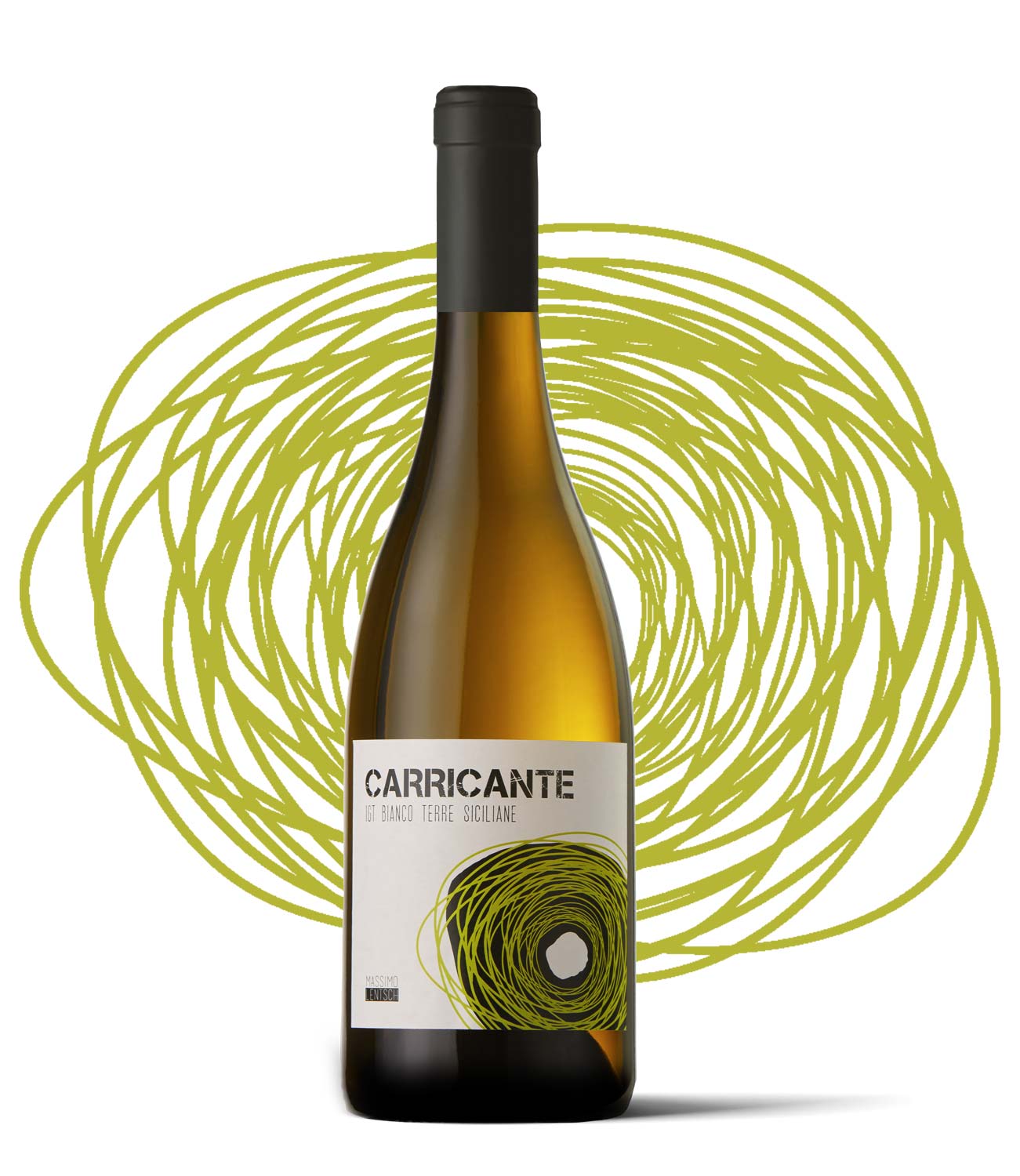
Massimo LentschCarricante IGT
A vertical wine that recalls the origins of a volcano born from underwater eruptions
The grapes for the production of our Carricante come from some small sapling plots surrounded by the Nebrodi mountains and the Etna volcano, mostly located at about 600 meters above sea level. This gorgeous wine, elegant and rich in hints of citrus and Mediterranean herbs, takes the most from constant breezes that blow from the valley, guaranteeing significant temperature variations between day and night, allow perfect maturation and the enhancement of the organoleptic parameters of this ancient grape variety.
A contemporary story
A brief description of the vintages (from 2016 to the present)


